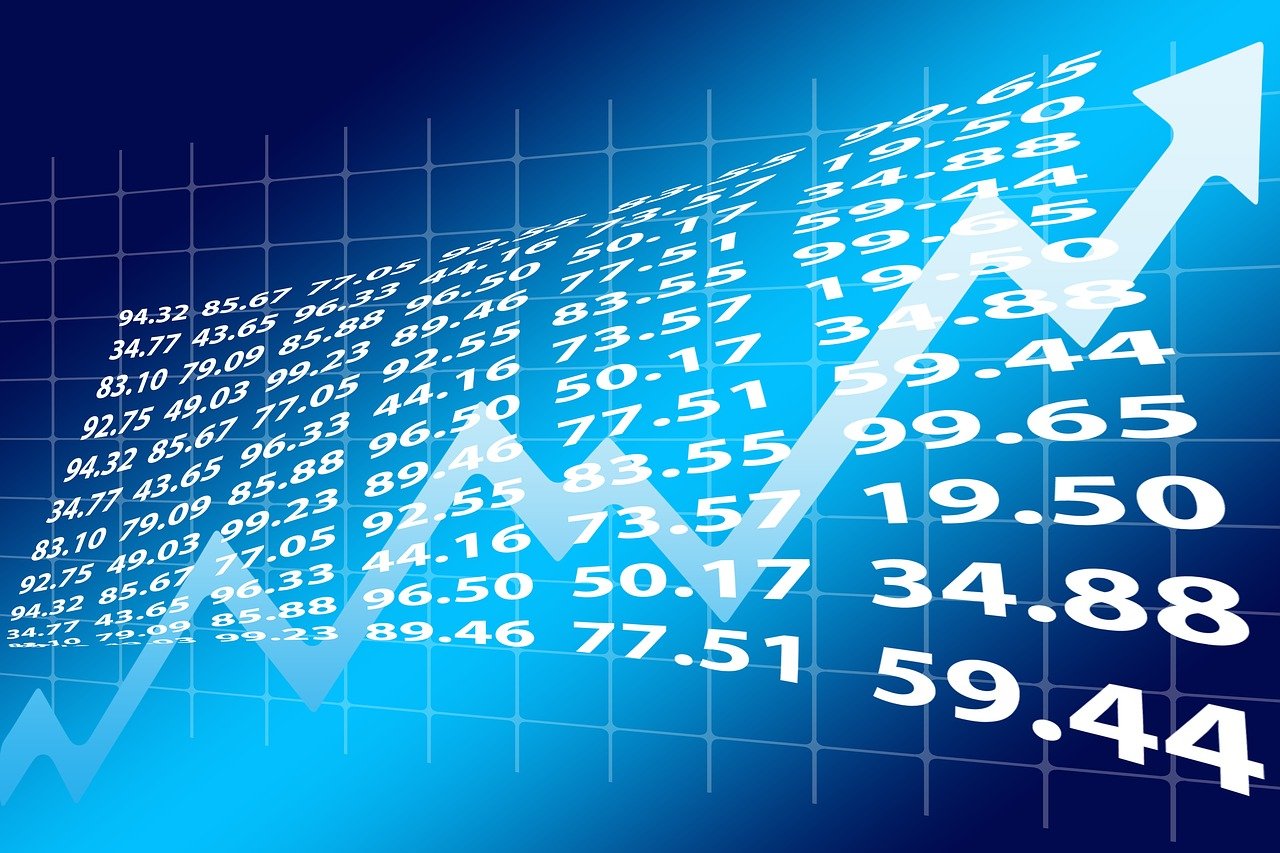Assessment of the performance of the stock exchange in England is carried out using several popular indexes, primary among them being the FTSE 100. Its history is quite interesting and simple. Investors looking for stocks to invest in pay close attention to this indicator.
The information about assets includes data about the specified index. So, using the index, a novice investor will be able to decide on the feasibility of a deal and accept or reject an offer. Studying the detailed information will allow you to choose the right direction in the field of investment.
To start investing, using the Financial Times Stock Exchange 100 Index as a guide, you need to choose an app and learn all about its functionality. Luckily for you, the developers of the Orca app have made sure that investors have everything they need to make informed investment decisions..
FTSE 100 history
The index was created due to the fact that, in order to assess market capitalization, it was necessary to introduce a single indicator. For this purpose, two companies united: the Financial Times and the London Stock Exchange. Previously, they owned an equal but separate percentage of indexing rights.
For assessment, they use the 100 largest companies with the largest capital. As a result, it is possible to single out the offers that deserve the attention of investors among all the existing offers on the market. Safe and profitable assets are highly rated.
The FTSE abbreviation refers to the creators of the index. The number “100” indicates that the top 100 companies are taken into account. This indexing system was introduced in 1984. Despite the fact that a lot has changed since then, some of the rules have remained the same.
You can get detailed information about the impact of the index on investments and study the benefits of using it here: https://orca.app/isa/.
How FTSE 100 is calculated
The FTSE 100 index is calculated daily and shows the market situation after the stock exchanges close. It is worth finding out the current indicator to assess the state of the market capitalisation. Investors who invest on exchanges can decide if their decisions are correct.
The index is calculated every day, except on national holidays. The market indicators are taken into account from the moment of opening to the closing of stock exchanges (from 8:00 to 16:30). Daily calculations allow investors to keep abreast of events and monitor all changes in the market.
The total capitalisation and the value of the indicator are two main factors that affect the results. Since several points are taken into account during the assessment, it is possible to get a single index for all companies. The value that is recognised as the official result is cited in the news via various media sources.
The indicator can change in both directions. A downward trending FTSE signifies that the index has fallen compared to the previous day, while an upward indication is a sign of growth. The changes reflect the fact that the prices of assets of the 100 companies used for calculations are always changing. The rise and fall of the index happens constantly, so the situation can always change for the better.
How to invest in the FTSE 100 with an investment app
Today it’s much easier to invest in a particular company than it was 5 or 10 years ago. This is due to the fact that there are now several hundred different apps with specific functionalities. It is not necessary to use all of the available tools, but it is worth remembering this feature.
The Orca app is especially popular with both investors who are taking their first steps in investing and experienced stock exchange traders. Beginners are attracted not so much by the convenience of performing basic operations but by the app’s additional offerings:
- Descriptions. To make a decision on investing or buying assets, you won’t need to look for information on third-party resources. A detailed description of the companies that fit your specified parameters will allow you to assess the feasibility of any purchase.
- Search. Studying profitable offers takes much more time than it might seem at first. This time-consuming process is simplified thanks to the search function. Investors can use tags, company names and other details to close suitable deals.
- Analytics. Analytical data allows you to look at the situation comprehensively. Income growth, risk accounting, time remaining and other information can be used to assess the feasibility of any potential decisions.
The watchlist, trading table, order summary and other functions are designed to make it easier to find assets and make a profit. Use Orca to monitor companies and draw your own conclusions about potential transactions. Additional tools are an advantage, but you will have to make all decisions yourself.
——————-
As with all investing, you may get back less than you put in. Your capital is at risk. Be sure to conduct research on stocks that you want to invest in. If you are unsure, you should seek advice from a professional advisor. Orca does not provide investment advice.
Orca is an appointed representative of RiskSave Technologies Ltd, which is authorised and regulated by the Financial Conduct Authority (FRN 775330).



 Bitcoin
Bitcoin  Ethereum
Ethereum  Tether
Tether  XRP
XRP  Solana
Solana  USDC
USDC  TRON
TRON  Cardano
Cardano  Lido Staked Ether
Lido Staked Ether  Avalanche
Avalanche  Toncoin
Toncoin